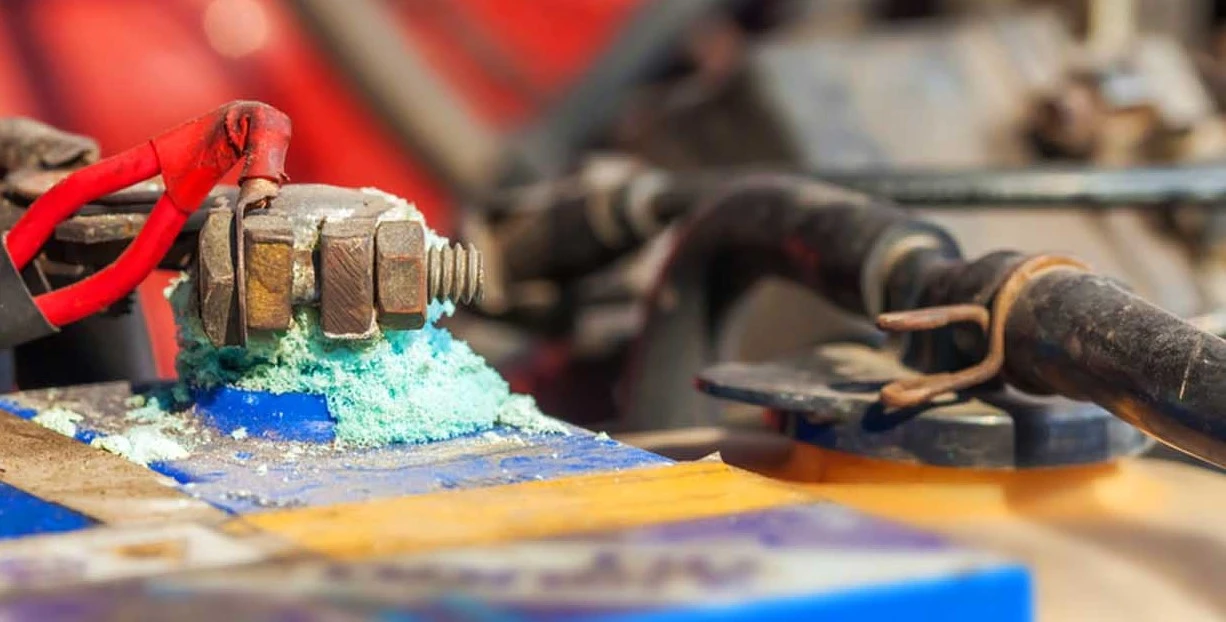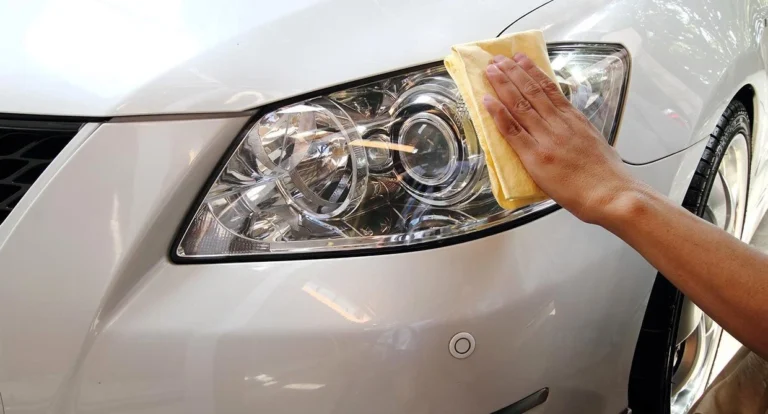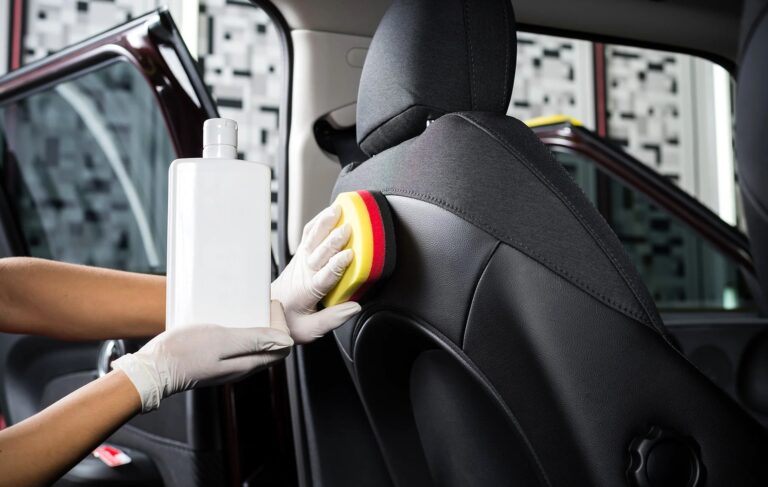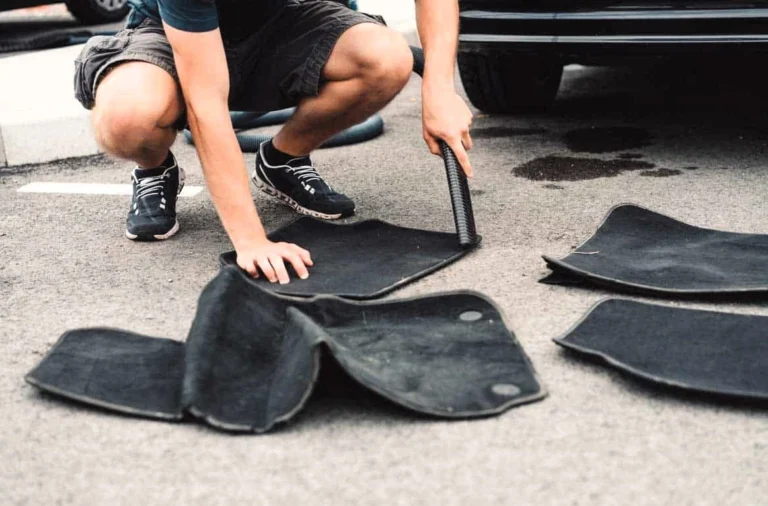How to Clean Car Battery Corrosion?
Corrosion of the car battery is an infuriating issue for most vehicle owners. It can cause your vehicle not to start, damage battery parts, and shorten battery life. If you’ve wondered about how to clean car battery corrosion.
Don’t even think about seeking expert advice or using expensive equipment to do it at home! If your car takes a while to start or you want to prevent problems, learning about corrosion and how to handle it will be valuable for you in the future.
What Is Battery Corrosion and Why It Matters
The corrosion of batteries is a white, crusty powder that appears on battery terminals. Most often, it is white, or blue, or green, based on which metal it attacks. Battery corrosion is what hinders electricity flow, causing your battery to perform poorly or not start your vehicle at all.
Some common effects of battery corrosion:
- Difficulty starting the car
- Overworked alternator
- Reduced battery lifespan
- Potential electrical issues
Though corrosion is a common and natural occurrence, ignoring it for too long can lead to expensive repairs in your automotive maintenance routine.
What Causes Car Battery Corrosion?
Several factors contribute to the buildup of corrosion on battery terminals:
- Hydrogen gas release: The main cause is hydrogen gas escaping during charging cycles, which reacts with surrounding elements.
- Overcharging: If your alternator is overcharging the battery, excess hydrogen gas may be released.
- Electrolysis: This splits water molecules into hydrogen and oxygen during high current flow.
- Heat and poor ventilation: Hot conditions or compact engine bays speed up corrosion.
- Battery age or defects: Older batteries may develop cracks or leaks.
The type of corrosion can indicate which metals are affected:
- Green/Blue: Reaction with copper wiring or terminals
- White: Typically indicates lead or zinc corrosion
- Brown/Red: A reaction with steel or iron (less common)
Related Read – What is the Best Way to Cleaning Leather Car Seats?
How to Clean Car Battery Corrosion at Home
Performing this task at home is safe, cost-effective, and requires minimal tools. It’s important to wear proper safety gear and take basic precautions.
Tools and Materials You’ll Need:
- Gloves (rubber or nitrile)
- Safety glasses
- Baking soda
- Warm water
- Plastic or wire brush
- Old toothbrush (optional)
- Towel or paper towels
- Memory saver (optional for electronics)
Before starting, ensure the engine is off, the key is removed, and you’re in a well-ventilated area.

How to Clean Car Battery Corrosion With Baking Soda
This method is used by far the most people. It balances the acid formed from corrosion and lifts any debris stuck on your battery terminals.
Step-by-Step Instructions:
Step 1: Disconnect the Battery
Always disconnect the negative terminal first, followed by the positive. If your vehicle has sensitive electronics, use a memory saver tool to prevent data loss.
Step 2: Prepare the Cleaning Paste
Mix 4 tablespoons of baking soda with 1/4 cup of warm water. Stir until the mixture becomes thick like toothpaste.
Step 3: Apply and Scrub
Using a wire or plastic brush, gently apply the paste to the corroded areas. Scrub in a circular motion to loosen the buildup.
Step 4: Let It React
Allow the baking soda to foam. This neutralizes the corrosion. Avoid letting the paste seep into battery vent holes or cracks.
Step 5: Clean and Dry
Wipe off all debris using a clean towel or paper towel. Rinse lightly with water if needed. Dry the area completely.
Step 6: Reconnect the Battery
Reconnect the terminals – positive first, then negative. Ensure tight, secure connections.
Now you know exactly how to clean car battery corrosion at home and keep your vehicle performance optimal.
Additional Products That Help
While baking soda is reliable, there are other products designed for battery care that can make the process easier:
• Battery terminal cleaner sprays – Quick-dissolving foam for corrosion.
• Dielectric grease – Protects terminals from future corrosion.
• Corrosion preventative spray – Forms a protective layer over terminals.
• Battery post brushes – Specially designed brushes for deeper cleaning.
These tools are especially helpful if your battery maintenance is frequent due to recurring corrosion.
How to Clean Car Battery Corrosion at Home: Extra Safety Tips
Cleaning corrosion is simple, but it still involves dealing with chemicals and electricity. Keep these safety tips in mind:
- Never work on a hot engine or while the car is running.
- Always wear gloves and safety glasses.
- Keep your face away from the battery when scrubbing.
- Avoid using metal tools near battery terminals to prevent sparks.
- If corrosion touches your skin, rinse for 30 minutes and apply baking soda paste.
How to Prevent Battery Corrosion
Prevention is better than cure. After cleaning, apply a protective layer to reduce the chances of corrosion coming back.
Prevention tips:
- Coat terminals with dielectric grease or corrosion preventative spray.
- Inspect the battery every 3–6 months.
- Replace worn or cracked terminals and cables.
- Ensure your alternator isn’t overcharging the battery.
- Keep the battery area dry and free from moisture.
This routine can be part of your car care strategy to prolong battery life.
When to See a Professional
There are times when a simple cleaning won’t be enough. If any of the following occurs, seek help from a certified technician:
- Corrosion returns within days
- Battery case is swollen or cracked
- Electrical issues persist
- Cables are loose or severely damaged
- The car struggles to start even after cleaning
A professional can test the battery and charging system to find the root cause.
Conclusion: Take Control of Your Battery Health
Taking the time to learn how to clean car battery corrosion places you in command of one of the most critical routine car maintenance procedures. Knowing about the root of the problem, employing household resources such as baking soda, and following safety measures, you can ensure that your vehicle continues to run well. Whether you just perform an inspection or address a no-start problem, this tutorial has you covered.
Regular battery maintenance is time and stress-sparing, and it prevents roadside breakdowns. Clean terminals, add protection, and check periodically your battery (and your budget) will be grateful to you.







